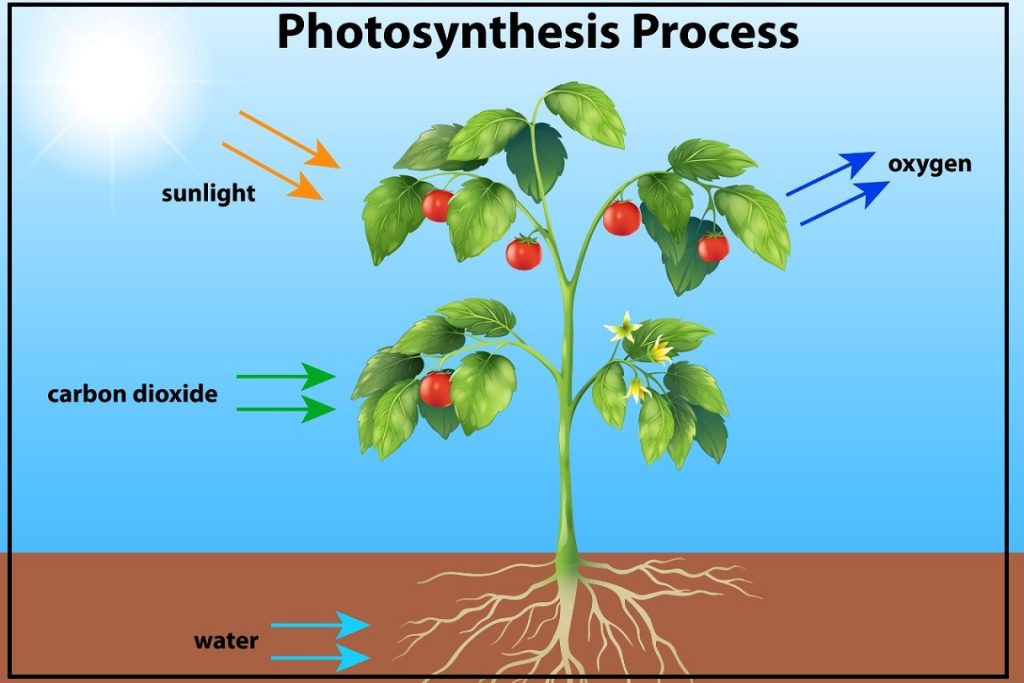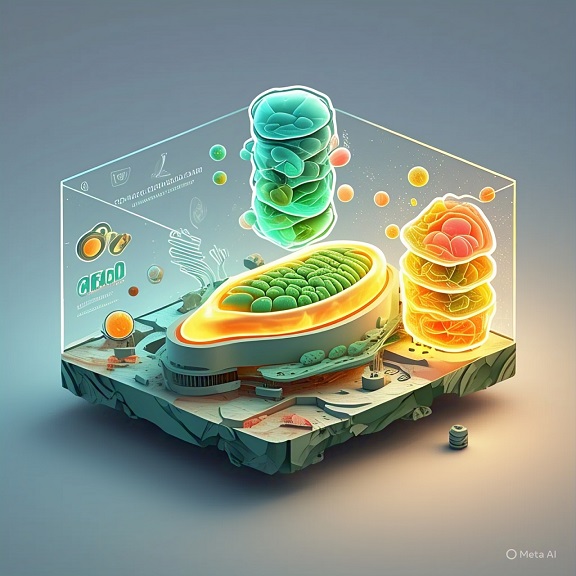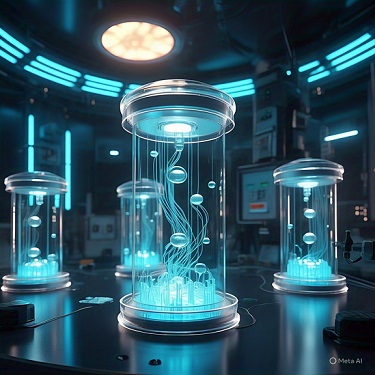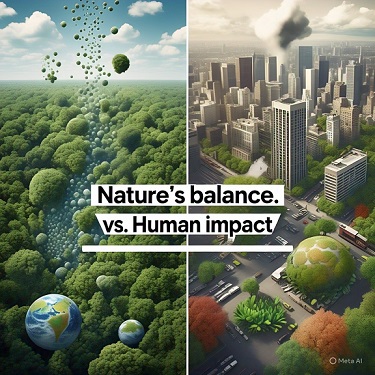how does photosynthesis work? Photosynthesis stands as one of nature’s most elegant and essential biological processes, a magnificent dance of light, chemistry, and life that has sustained Earth’s ecosystems for billions of years. But how does photosynthesis work at its most fundamental level? This comprehensive exploration will take you through the intricate mechanisms, cutting-edge research, and fascinating theories that explain how plants, algae, and cyanobacteria masterfully convert sunlight into life-sustaining energy.
From the quantum physics of light absorption to the evolutionary origins of chloroplasts, we’ll uncover the full story behind this biological marvel. Whether you’re a biology student, a science enthusiast, or simply curious about the natural world, this deep dive will reveal why photosynthesis remains one of science’s most captivating subjects.
Table of Contents
How does Photosynthesis work? The Fundamental Science of Photosynthesis
At its core, photosynthesis is the biochemical process that transforms light energy, carbon dioxide (CO₂), and water (H₂O) into glucose (C₆H₁₂O₆) and oxygen (O₂). This remarkable conversion occurs primarily in the chloroplasts of plant cells, where specialized pigments capture sunlight with astonishing efficiency.

The Photosynthesis Equation: Nature’s Perfect Formula
The overall reaction can be summarized as:
6CO₂ + 6H₂O + Light Energy → C₆H₁₂O₆ + 6O₂
But this simple equation belies an incredibly complex series of quantum-level events. Let’s break down what really happens inside a chloroplast.
The Evolutionary Origins of Photosynthesis
How Did Photosynthesis Begin?
how does photosynthesis work? The earliest evidence of photosynthesis dates back 3.5 billion years to cyanobacteria, the first organisms to harness sunlight for energy. These ancient microbes developed photosystem I (PSI) first, followed later by photosystem II (PSII), which allowed them to split water and release oxygen—a process that dramatically altered Earth’s atmosphere during the Great Oxygenation Event (2.4 billion years ago).

Endosymbiotic Theory: The Birth of Chloroplasts
- Chloroplasts likely originated from engulfed cyanobacteria that formed a symbiotic relationship with early eukaryotic cells (Lynn Margulis, 1967).
- This explains why chloroplasts have their own DNA, similar to bacterial genomes.
Inside the Chloroplast: Where the Magic Happens
The Structure of Chloroplasts
- Thylakoids: Flattened sacs containing chlorophyll, arranged in stacks called grana.
- Stroma: The fluid-filled space where the Calvin Cycle occurs.
- Chlorophyll-a & Chlorophyll-b: Primary pigments that absorb blue (430 nm) and red (680 nm) light most efficiently.

Accessory Pigments Expand Light Absorption
- Carotenoids (orange/yellow): Absorb blue-green light, protecting chlorophyll from excess light.
- Phycobilins (red/blue): Found in cyanobacteria and red algae, enhancing underwater light capture.
The Two Stages of Photosynthesis: A Step-by-Step Breakdown
1. Light-Dependent Reactions (The Photo part of Photosynthesis)
These reactions occur in the thylakoid membranes and convert light energy into chemical energy (ATP & NADPH).
How Photosystems Capture Light (Quantum Biology Insights)
- When a photon hits chlorophyll, it excites an electron to a higher energy state (a quantum leap).
- Photosystem II (P680):
- Absorbs light at 680 nm
- Splits water molecules (photolysis), releasing O₂ as waste
- Sends electrons down the electron transport chain (ETC)
- Cytochrome b6f Complex:
- Pumps protons into the thylakoid lumen, creating a pH gradient
- Photosystem I (P700):
- Re-energizes electrons at 700 nm
- Produces NADPH (an electron carrier)
Chemiosmosis & ATP Synthesis
The proton gradient drives ATP synthase, producing ~3 ATP per H₂O molecule split—a process remarkably similar to mitochondrial respiration.
2. The Calvin Cycle (Light-Independent Reactions)
Occurring in the stroma, this cycle uses ATP and NADPH to fix CO₂ into organic molecules.
Three Key Phases:
- Carbon Fixation (RuBisCO Enzyme)
- CO₂ binds to ribulose-1,5-bisphosphate (RuBP)
- Forms unstable 6C compound that splits into two 3-phosphoglycerate (3-PGA) molecules
- RuBisCO is likely Earth’s most abundant protein
- Reduction Phase
- ATP and NADPH convert 3-PGA into glyceraldehyde-3-phosphate (G3P)
- For every 3 CO₂ molecules, 6 G3P are made (only 1 exits the cycle as glucose precursor)
- Regeneration of RuBP
- Complex series of reactions recreates RuBP to keep the cycle going
- Requires significant energy input (~9 ATP per 3 CO₂ fixed)
Cutting-Edge Research in Photosynthesis
1. Artificial Photosynthesis: Mimicking Nature
Scientists are developing synthetic chloroplasts that could:
- Produce clean hydrogen fuel from water (Nocera Lab, Harvard)
- Create “bionic leaves” that convert CO₂ into liquid fuels (Parekh Center, 2023)

2. Improving Crop Efficiency (C4 & CAM Plants)
- C4 Plants (corn, sugarcane): Concentrate CO₂ to minimize photorespiration
- CAM Plants (cacti, pineapples): Open stomata at night to conserve water
3. Quantum Coherence in Light Harvesting
Recent studies suggest chloroplasts may use quantum effects to achieve 95% energy transfer efficiency (Fleming Group, UC Berkeley).
Factors Affecting Photosynthetic Efficiency
| Factor | Optimal Range | Effect Beyond Limits |
|---|---|---|
| Light Intensity | 10,000-25,000 lux | Photoinhibition occurs at very high light |
| CO₂ Concentration | 400-1000 ppm | Stomata close if CO₂ drops too low |
| Temperature | 20-35°C | Enzymes denature above 45°C |
| Water Availability | >80% relative humidity | Drought triggers stomatal closure |
| Mineral Nutrients | Balanced N, P, K, Mg | Chlorosis occurs with deficiencies |
The Global Impact of Photosynthesis
1. Oxygen Production & Carbon Sequestration
- Produces 130 terawatts of energy annually (equal to human civilization’s energy use)
- Absorbs ~25% of anthropogenic CO₂ emissions

2. The Foundation of Food Chains
- Primary productivity drives all ecosystems
- Even fossil fuels represent ancient photosynthetic energy
3. Climate Regulation
- Forests act as carbon sinks, mitigating climate change
- Ocean phytoplankton produce >50% of atmospheric O₂
Future Frontiers in Photosynthesis Research
- Genetic Engineering of Crops
- Improving RuBisCO efficiency (Gates Foundation projects)
- Developing nitrogen-fixing cereals
- Space Agriculture
- NASA’s experiments with LED-grown plants on ISS
- Potential for Mars colonization

3. Biohybrid Systems
- Combining chloroplasts with electronics for solar power
Conclusion: The Enduring Wonder of Photosynthesis
From its ancient bacterial origins to its quantum-level precision, photosynthesis remains one of biology’s most awe-inspiring processes. Understanding how photosynthesis works not only satisfies scientific curiosity but also inspires solutions to global challenges—from food security to clean energy.
As research continues to reveal new layers of complexity, we gain deeper appreciation for this elegant system that literally powers life on Earth. The next time you see a green leaf, remember: you’re looking at nature’s most sophisticated solar panel, perfected over billions of years of evolution.
#how does photosynthesis work
Do you want to read more about science. check this out: 1] What is Gravity? 2] What is Electricity? 3] What Causes Earthquakes? 4] Why is the Sky Blue? 5] How Do Plants Grow? and many more…
